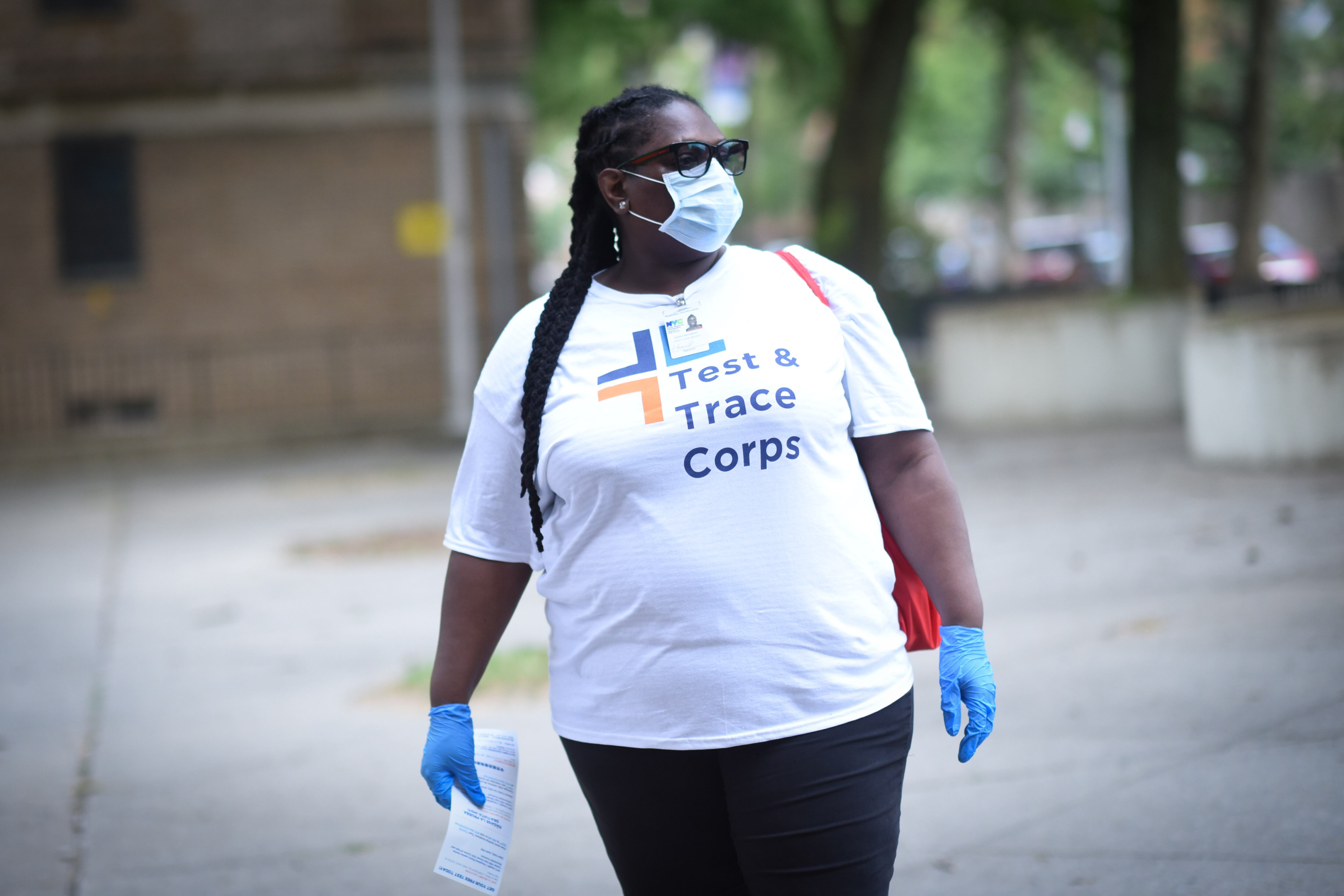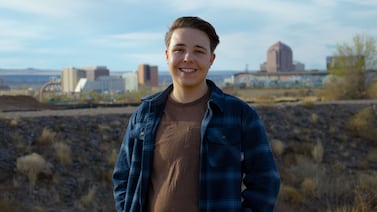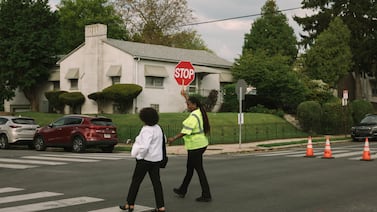New York City schools could remain open if a student or teacher tests positive for coronavirus in the fall, but their specific classrooms will be closed, the education department revealed Thursday.
Classrooms with an infected student or teacher will close for 14 days, according to officials. The entire school building would only shutter if the tracing investigation inside the school — which will be overseen by New York City’s test and trace program — uncovers a more widespread outbreak. That would mean at least two people from the school building who haven’t had contact with each other test positive — though, even then there are scenarios under which the building wouldn’t close. In most scenarios, the building will close during the investigation.
The city’s plan for handling positive cases within school communities has been one of the main questions looming over reopening buildings, with distrust lingering after the city’s chaotic school shutdown in March. This spring, teachers said their schools remained open even after staff had reported testing positive. When buildings finally closed, the education department directed teachers to attend in-person training even though the overwhelmed health department had stopped confirming whether there had been positive cases among staff, leaving educators to wonder whether they had been exposed.
This time, parents, students, and staff can report a positive test that was not captured by the city health department — such as one from a CityMD clinic. That would prompt any necessary closures ahead of a health department investigation, department officials said.
Many New Yorkers, however, have reported long delays in receiving test results, which could be problematic for schools. With a reported median wait time of nine days at some clinics, according to the New York Times, that could mean many children are exposed to the virus while an infected individual awaits the results.
City officials said that staff will have “priority” access to 34 city testing sites, and their results will be expedited. Staff must get tested in the days before school starts, though officials did not specify a timeframe.
“We are doing everything in our power to keep kids healthy while ensuring they are getting the education they deserve,” Mayor Bill de Blasio said in a statement. “These rigorous test and trace protocols will keep our students and staff safe as we start off this new school year.”
The city’s new plan outlined various scenarios of what would warrant a building closure versus a classroom closure. Only classrooms will be closed during an investigation if one or more people in the same classroom test positive for the virus. In all other scenarios, the whole school building will be closed over the course of the investigation.
If at least one person reports having a positive coronavirus case, their classroom will close. Then, the city’s health department, upon confirming the positive test, will launch an investigation to find whether that person was in close contact — meaning they were within six feet of each other for more than 10 minutes — with anyone else at the school. The classroom will reopen after 14 days, following the investigation (the 14-day closure period would include the number of days a room was closed as an investigation unfolded). Also, other students and staff members who were in close contact with the student will be asked to quarantine for 14 days.
If two students at the same school building have the virus but they attend different classes, those classrooms would be closed for 14 days, and other close contacts would also be required to quarantine.
Still, the whole building could close in any of these scenarios as an investigation unfolds, officials said. For example, if the investigation finds that a single child with the coronavirus had a sleepover with several other children at the school, that could prompt a building closure, officials said.
If more than one person in a school tests positive for the virus but an investigation reveals no clear link between them, the whole building could be closed for 14 days. However, if an investigation finds that those two people have no close contacts outside of their individual classrooms, health officials may determine that a full closure is unnecessary.
When a school is closed, the city pledged to notify families by 6 p.m. the night before whether it’s reopening the next morning. Schools will only reopen if they get the green light from public health experts.
The city recently touted the contact tracing program’s reach, but its employees have called its rollout a disaster, the New York Times reported this week.
Education department officials said they were purchasing large orders of supplies for schools like face masks for students and staff, disinfectant and hand sanitizer. But they have not provided an estimate of how much this would cost, and observers worry about the price tag given the city’s dire financial straits. They also have not yet provided additional details on how they would conduct temperature checks, a state requirement for reopening buildings.
There are 75,000 teachers alone in New York City (though 20% are expected to work from home in September.) On Wednesday, there were just under 30,000 tests conducted in the city, according to state data. This week, de Blasio announced the city is ramping up to 50,000 a day.
Education department spokeswoman Miranda Barbot said the city is confident its testing infrastructure can withstand the coming deluge of educators seeking tests, saying “we are not encouraging all in one day.”






